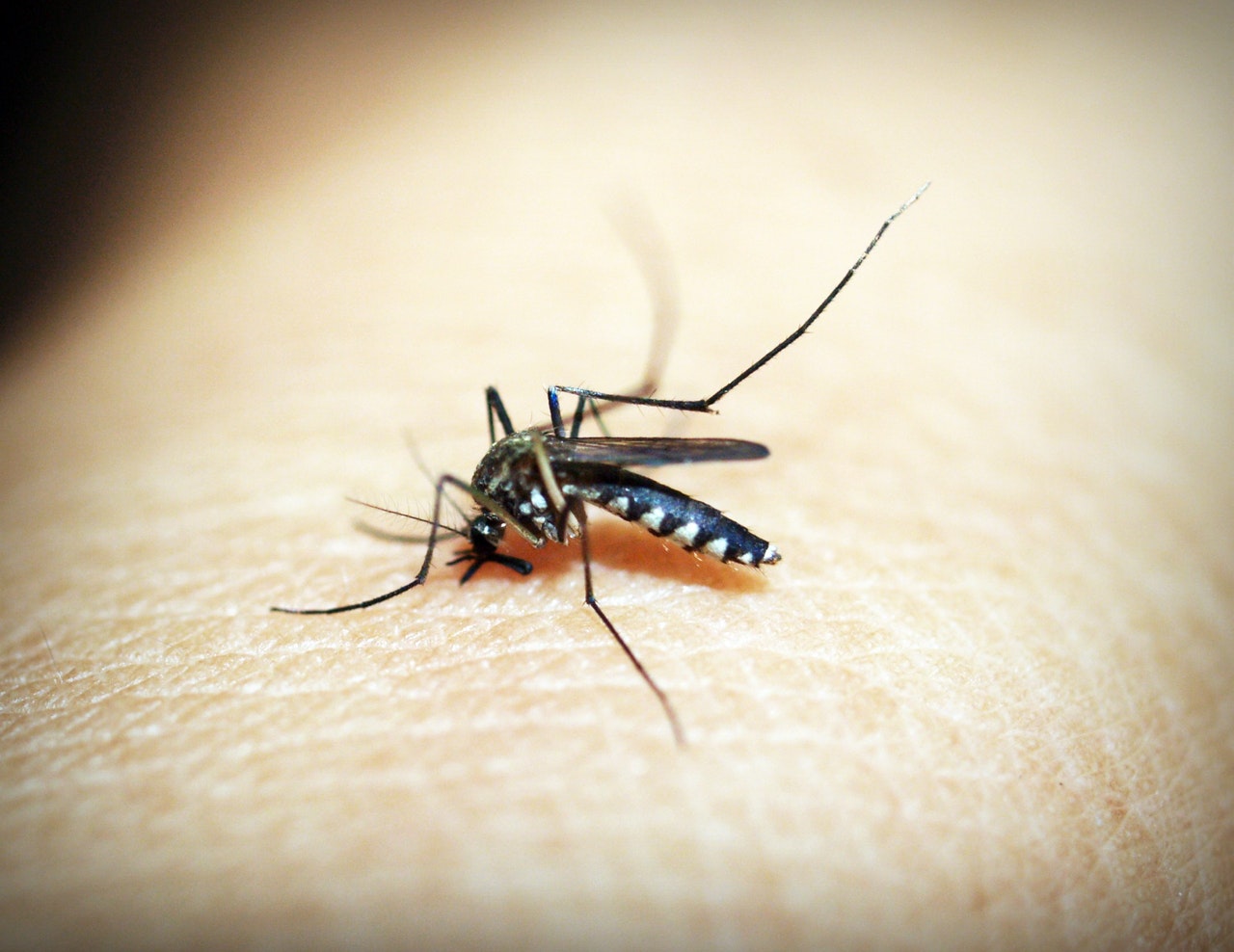

In the 1940s, China reported 30 million cases of malaria each year. In the 1950s, Chinese health authorities began initiatives to systematically treat and prevent the disease. Now, after a 70 year campaign and more than four years of zero new cases, China is officially malaria free, certified by the World Health Organization (WHO).
“Today we congratulate the people of China on ridding the country of malaria,” WHO Director-General Tedros Adhanom Ghebreyesus said in a statement. “Their success was hard-earned and came only after decades of targeted and sustained action. With this announcement, China joins the growing number of countries that are showing the world that a malaria-free future is a viable goal.”
The WHO grants disease eradication certificates to countries when they have demonstrated that they’ve stopped nationwide transmission for at least three consecutive years. Countries also need to have surveillance and response systems in place that can prevent indigenous cases of the disease from coming back—indigenous in this case meaning contracted locally from a native mosquito.
China managed to clamp down on malaria through innovative treatments and aggressive tracking. In 1967, Mao Zedong launched Project 523, a national program for malarial treatment research. It’s through the project that Chinese scientist Tu Youyou discovered artemisinin, the core compound of the most effective anti-malaria drugs. The breakthrough, based on traditional Chinese medicine, led to a Nobel Prize for Tu in 2015.
[Related: Scientists have created the most effective malaria vaccine of all time]
China led the way with other innovative malaria management strategies as well. By the 1980s, China was extensively testing and implementing insecticide nets around the country as a prevention method, well before they were standard practice. By the end of 1990, yearly malaria cases had dropped to 117,000—a 99.61 percent decrease from the 1940s. Deaths were also reduced by 95 percent.
As significant a reduction as that was, China was still far from eradication. It launched the national malaria elimination plan in 2010, enlisting 13 government ministries to join the effort. In 2012 they began the “1-3-7” strategy, which pushed local health facilities to report a malaria case within one day of infection, investigate the cause and evaluate risk of spread within three, and implement countermeasures within seven.
According to the WHO, the country’s poverty reduction program—which improved housing, living conditions, and access to health facilities—as well as its rollout of universal health coverage were other big contributors to China’s success.
By 2016, China reported just three cases of indigenous malaria. There have been no indigenous cases since. It is only the 40th country to eradicate malaria by WHO standards, and is the biggest and most populous.
But the WHO warns that China needs to stay vigilant—there is still risk of imported malaria, especially along the country’s shared borders with Vietnam, Myanmar, and Laos, countries where malaria is still a major health concern.
